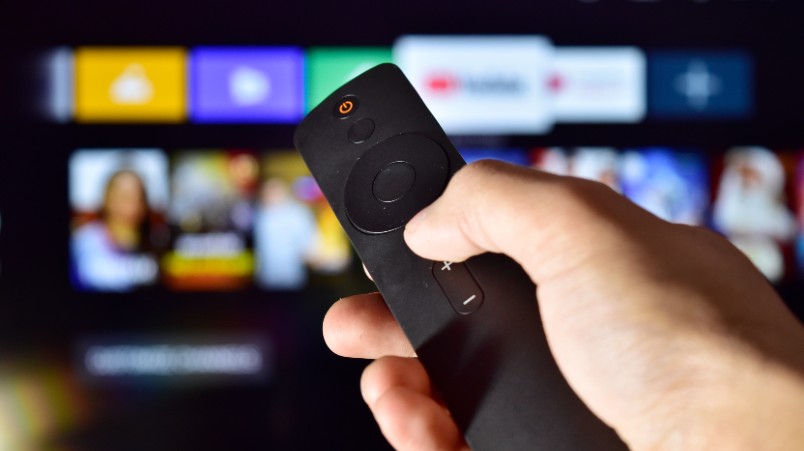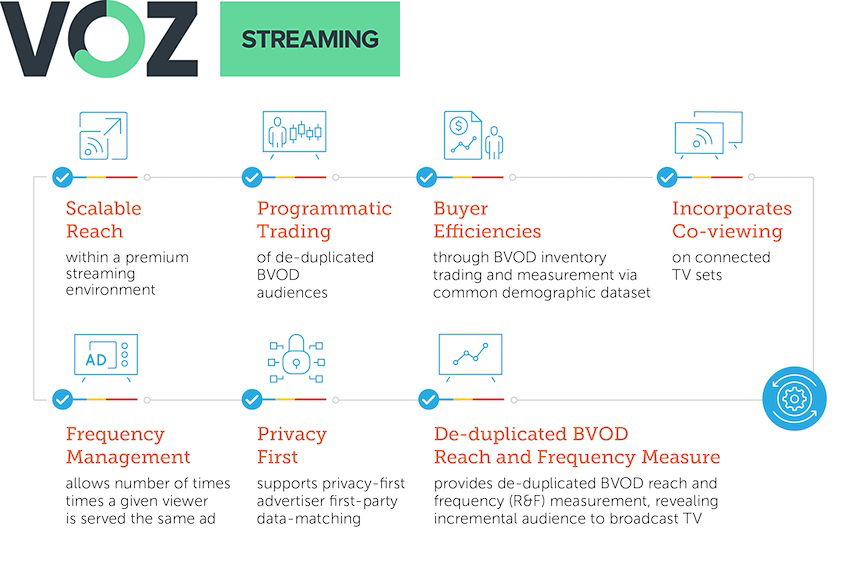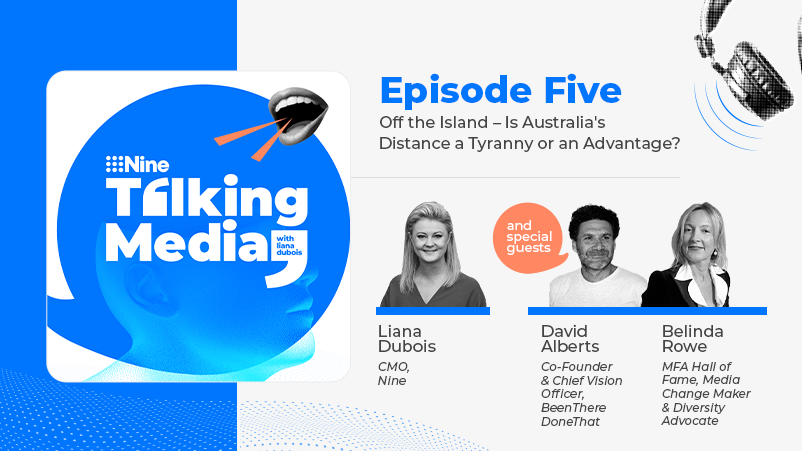Seven, Nine, Ten break cover on OzTam powered BVOD trading system ahead of upfronts; bid to refuel growth burners, see off Youtube, streamers, solve frequency fails

Australia's main TV networks Nine, Seven and Ten are one step closer to a cross-broadcaster BVOD trading and measurement system.
Ahead of upfront season the major free to air networks have finally broken cover over their plan to build a unified BVOD product that will enable deduplicated reach and frequency capped buys across Seven, Nine and Ten. They've now badged the system Voz Streaming and aim to be in market next year in a bid to counter YouTube's threat, incursions by ad-funded SVOD players – and head off ongoing complaints about ads played on repeat.
BVOD booster?
OzTam has officially confirmed it's in market with a unified BVOD product that will use its identifier to enable cross-network frequency capped, targeted buys across Seven, Nine and Ten.
The project, held up by several delays – including rumours Ten would pull out – and a re-scoping exercise late last year, has begun a testing phase incorporating broadcasters, media agencies, software and ad tech providers, with plans to launch in 2024.
It's not yet clear whether it has settled on a tech provider for the system. Meanwhile, some industry observers suggest the system could pose challenges in terms of getting global DSPs and SSPs to accept identifiers other than their own within their systems.
But the networks, long challenged in terms of aligning commercially, appear determined to make this project get beyond the drawing board as competitive headwinds strengthen.
“It will be the only place you will be able to plan, buy and post-analyse reach across linear and BVOD utilising the Oztam ID,” one network exec previously told Mi3. “It will be the only place you can do this in the Australian video marketplace as no other provider has a single identifier to measure the incremental reach that one provider adds to another in a total TV world. You will be able to frequency cap and build reach modules across the piste – and for advertisers, that is powerful.”
Currently, brands use individual broadcasters’ direct and programmatic BVOD trading models when running ads across their streaming platforms. As well as overlapping reach, that can exacerbate frequency capping issues with ads coming in from multiple demand sources – i.e. direct, programmatic guaranteed and through open exchanges – which can lead to ads being repeated within the same ad pod, or just served far too often. A recent three-month BVOD monitoring exercise by Adgile Media found some large brands were hitting the same viewer more than 20 times a week (though the firm also suggested agencies seemed to be able to fix the problem once highlighted to their clients).
While countering Youtube's might, TV network chiefs hope the initiative will refuel BVOD's growth trajectory as SVODs including Netflix and Foxtel's Kayo and Binge, start to eat into share, with Disney+ and others also eyeing the market.
Foxtel and SBS are not part of the Voz streaming project.
OzTam's statement said the testing phase will incorporate broadcasters, media agencies, third-party software suppliers and ad tech providers with plans to roll out a final solution in 2024.
OMG's in
While some industry observers suggest the Voz-powered system could threaten proprietary tools developed by certain holding companies, Omnicom Media Group is on board.
“The product is evolving and coming along nicely and holding groups like OMG are leaning in,” per Omnicom chief investment office Kristiaan Kroon.
“The technology specification groundwork has been laid out in terms of how this plugs in with agencies, SSPs and DSPs – so we are getting into the second half of the build. Once the test and learn phase is complete you could say we are in the final quarter, but we need to first see how effective it is. Potentially, it could provide far greater accuracy because it combines BVOD inventory of Seven, Nine and 10 at source.”
Kroon added that the Voz Streaming tool could also become “a really useful addition” for campaigns that incorporate linear TV and BVOD inventory, rather than those that focus purely on digital video.

Voz Streaming aims to use anonymised, universal audience identifiers to create a consistent measure for reach (number of unique viewers) and frequency (number of times a viewer sees an advertisement) across broadcasters’ programmatic BVOD inventory.
OzTam’s Interim CEO Dorus van den Biezenbos suggested the solution answers media buyers' calls for a simplified, universal approach to BVOD trading.
“Voz Streaming is designed to overcome the challenges of fragmentation and inefficiencies including: bespoke, duplicated administration and reporting across broadcasters; overlapping target audiences; inability to include co-viewing in campaign planning and post-analysis; frequency capping concerns; and the lack of unified datasets across the industry,” per van den Biezenbos.
The announcement comes a few weeks ahead of the TV industry's first upfronts and as BVOD revenue growth sharply decelerates. Per ThinkTV data, BVOD revenues for the major networks in the year to June 2023 grew 6.1 per cent to $392m. A year earlier they recorded 53 per cent growth.
Original headline and article amended to remove the word 'platform' after network execs underlined that they are building a product/system, not a platform, built on using the Oztam ID.



